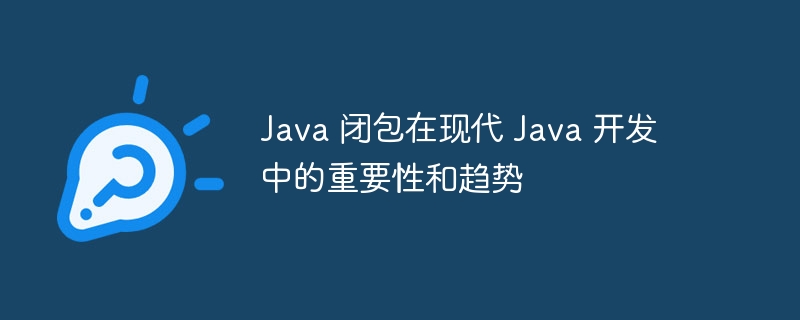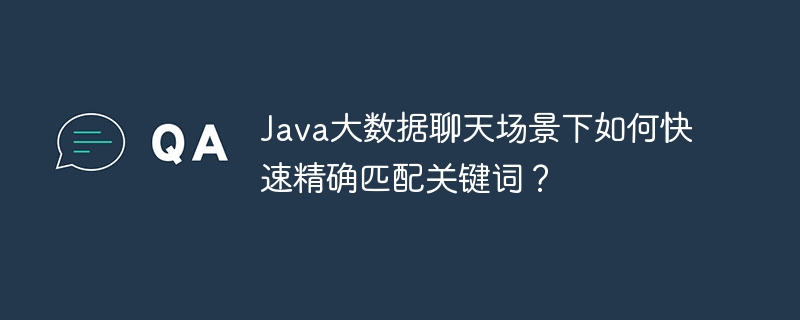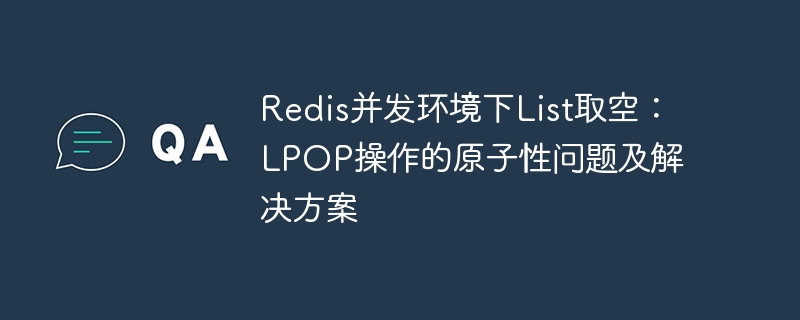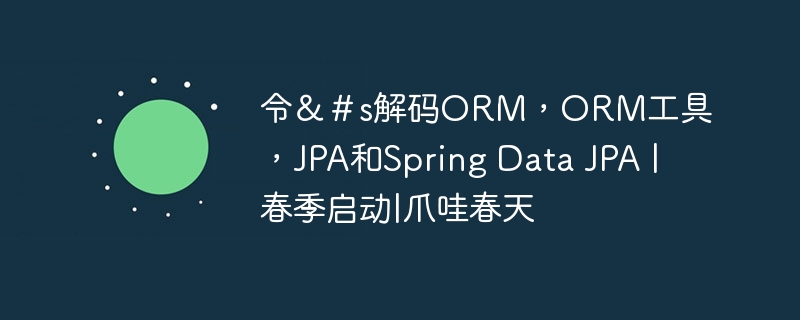题目1:
public static void demo01() {
Integer f1 = 100, f2 = 100, f3 = 200, f4 = 200;
System.out.println(f1 == f2);
System.out.println(f3 == f4);
}题目2:
private static Integer i;
public static void demo02() {
if (i == 0) {
System.out.println("A");
} else {
System.out.println("B");
}
}题目1答案:
true
false
题目2答案:
NullPointerException
解析:
题目1:
以下是Integer类中“自动装箱”的源码:
public static Integer valueOf(int i) {
if (i >= IntegerCache.low && i <= IntegerCache.high)
return IntegerCache.cache[i + (-IntegerCache.low)];
return new Integer(i);
}
其中IntegerCache.low的是值是-128,IntegerCache.high的值是127。也就是说,Integer在自动装箱时,如果判断整数值的范围在[-128,127]之间,则直接使用整型常量池中的值;如果不在此范围,则会new 一个新的Integer()。因此,本题f1和f2都在[-128,127]范围内,使用的是常量池中同一个值。而f3和f4不在[-128,127]范围内,二者的值都是new出来的,因此f3和f4不是同一个对象。
题目2:
Integer i 的默认值是null。当执行 i==0 时,等号右侧是数字,因此为了进行比较操作,Integer会进行自动拆箱(也就是将Integer转为int类型)。很明显,如果对null进行拆箱(将null转为数字),就会报NullPointerException。





